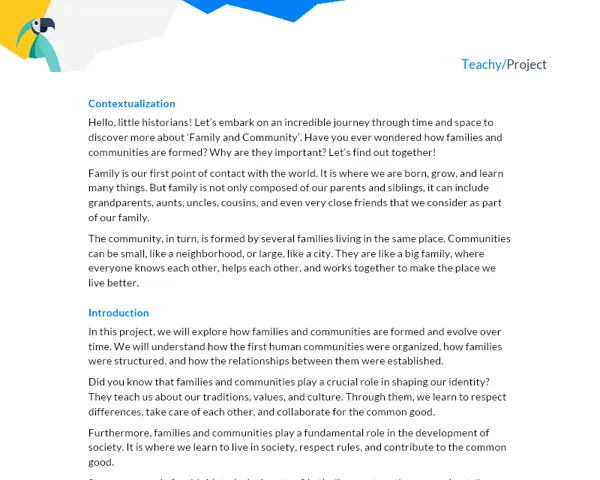Contextualization
The 1929 Crisis, also known as the Great Depression, was a significant event in world economic history. This period of severe economic crisis originated in the United States and spread worldwide. The sharp drop in the New York stock market, known as the 'Wall Street stock market crash', in October 1929, triggered a series of negative repercussions in the global economy.
Importance of the Theme
This theme is extremely important because the 1929 crisis not only marked a significant change in the world economy but also had a significant impact on the field of international relations. The domino effect that the crisis caused across different sectors of the economy and different countries demonstrates how interconnected the world economic system is.
After World War I, the United States emerged as an economic power and, consequently, its economic decline affected countries that had strong trade ties with them. In Brazil, for example, the crisis directly impacted the production of coffee, the main export product at the time.
Practical Activity
Activity Title: 'Recreating the 1929 Crisis: A Market Simulation'
Project Objective:
The proposed activity aims to engage students in a simulation of the dynamics of the stock market in the period leading up to and during the 1929 crisis. Through this exercise, students will have the opportunity to better understand the mechanisms and economic decisions that led to the 'crash'. Finally, it is expected that students will be able to make a critical analysis and write a report on the activity and the lessons learned.
Project Description:
Divided into groups of 3 to 5 people, the groups will act as 'investors' in a simulation of the pre-1929 stock market. Each group will receive a fictional amount of money in the corresponding 'currency' of the period and will have to develop investment strategies based on the events presented by the teacher. During the game, the teacher will inform about the economic events of the time that influenced the stock market.
Required Materials:
- Paper and pen for notes.
- Computer or mobile device with internet access (for research).
- Colored cards representing different company stocks from that period.
Step by Step:
-
Group Formation: Students are divided into groups of 3 to 5 people.
-
Introduction to the Simulation: The teacher will guide the students on the simulation guidelines, defining the initial value that each group will have to invest and which stocks are available for purchase.
-
Investment Phase: The students will then start buying and selling stocks, basing their decisions on the economic events presented by the teacher and the research they have conducted.
-
The Crisis: after a few rounds of buying and selling stocks, the teacher announces the start of the 1929 crisis, with a drastic drop in stock values. The students must then deal with the situation by selling or buying stocks as they see fit.
-
End of the Simulation: the simulation ends after two to four hours, with the teacher providing a closing of the activity.
-
Report Writing: each group must write a report on the simulation, analyzing their decisions, reflecting on the experience, and making connections with the events of the real 1929 crisis.
Deliverables and Connections to the Activity
-
The report should be divided into four parts: Introduction, Development, Conclusions, and Bibliography.
-
In the Introduction, students should present the context of the 1929 crisis and the relevance of this simulation for understanding historical and economic events. Students should also mention the project's objective and the group's initial investment strategy.
-
In the Development, students should record in detail the investment strategies they adopted during the simulation, explain the economic events that affected their decisions and the results obtained. It is also important to cite the sources used for research and decision-making.
-
In the Conclusions, students should reflect on the results, what they learned from the experience, and the impact that the decisions made during the simulation had on the final outcome of their investment. Students should also make a critical analysis of the 1929 crisis, based on the learning obtained in the simulation.
-
Finally, in the Bibliography, students should list all sources of information used during research and project implementation.


